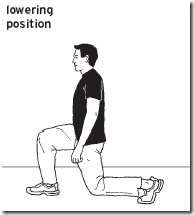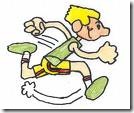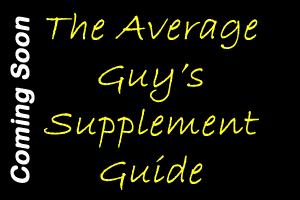Desk Work = Sore Neck
Who would have thought that office jobs could be hazardous to your health? A person in a job that requires long hours of sitting in just as at risk for health problems as those individuals doing manual labor or heavy lifting in their jobs.
Some of the risks associated with desk jobs are:
- chronic low back pain
- weak abdominal muscles possibly leading to back problems
- repetitive use injury such as carpal tunnel syndrome
- weak gluteal muscles leading to low back pain, associated knee pain
Two of the best exercises you can do to help alleviate chronic neck and shoulder pain are listed below. Upper crossed syndrome (tight chest muscles; weak back muscles) accounts for a host of symptoms from neck pain, headaches to shoulder pain and even numbness in hands and fingers. Just by taking a few minutes throughout the day to do these two simple exercises will go a long way to restoring your posture and alleviating chronic symptoms.
Exercise #1 – Scapular Activation
The scapula or shoulder blade is host to a group of muscles that help maintain overall shoulder position and health. Shrugging shoulders and scooped neck positions cause a lot of problems with today's office workers. To perform:
Stand with arms at side; shoulders and head back. Raise arms out in front so just above shoulder height, with hands in a fist position. Bring elbows back keeping hands even with shoulders. Squeeze elbows together. “Stuff elbows into back pocket. Relax and repeat 3 times. Perform every couple of hours through out the day.
Exercise #2 – Cervical Alignment
One problem that arises when sitting at a desk or computer for long periods of time is a forward head posture. The chin moves forward as we look over paper work or the computer screen. This causes problems with cervical vertebrae and will lead to neck stiffness and pain. One way to overcome this is to restore the neck to its proper position by realigning the muscles. To perform:
Start with hands at side. Stand tall. Bring arms out from side to shoulder height. Allowing elbows to bend, bring back of hand to shoulders. Allow arm to drop back to side. Relax and repeat 3 times. Perform every couple of hours throughout the day
Performing these two simple exercises a few times throughout your day will take 1-2 minutes but will alleviate a host of problems either already present or lurking in the background.
Till next time,
Narina








